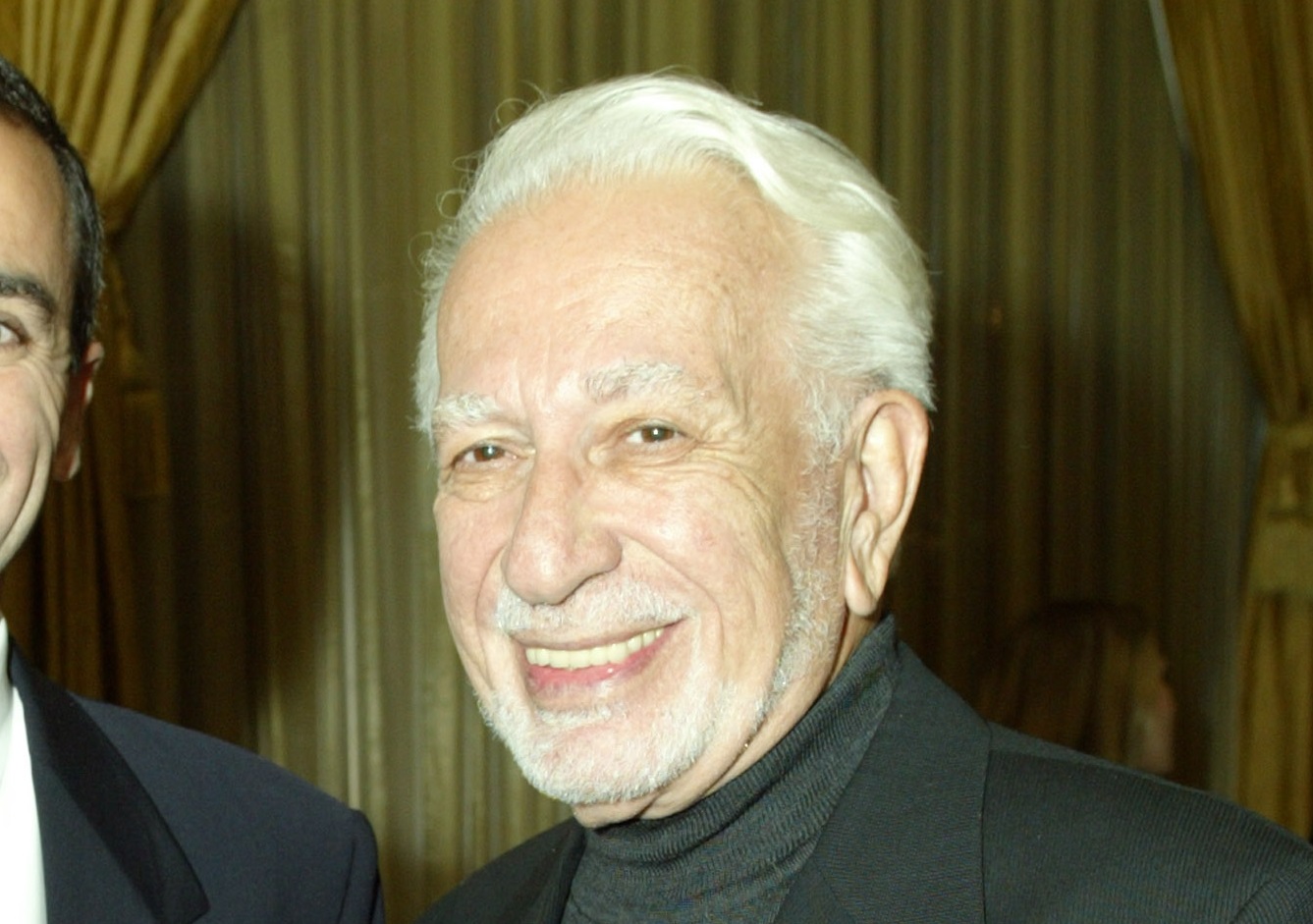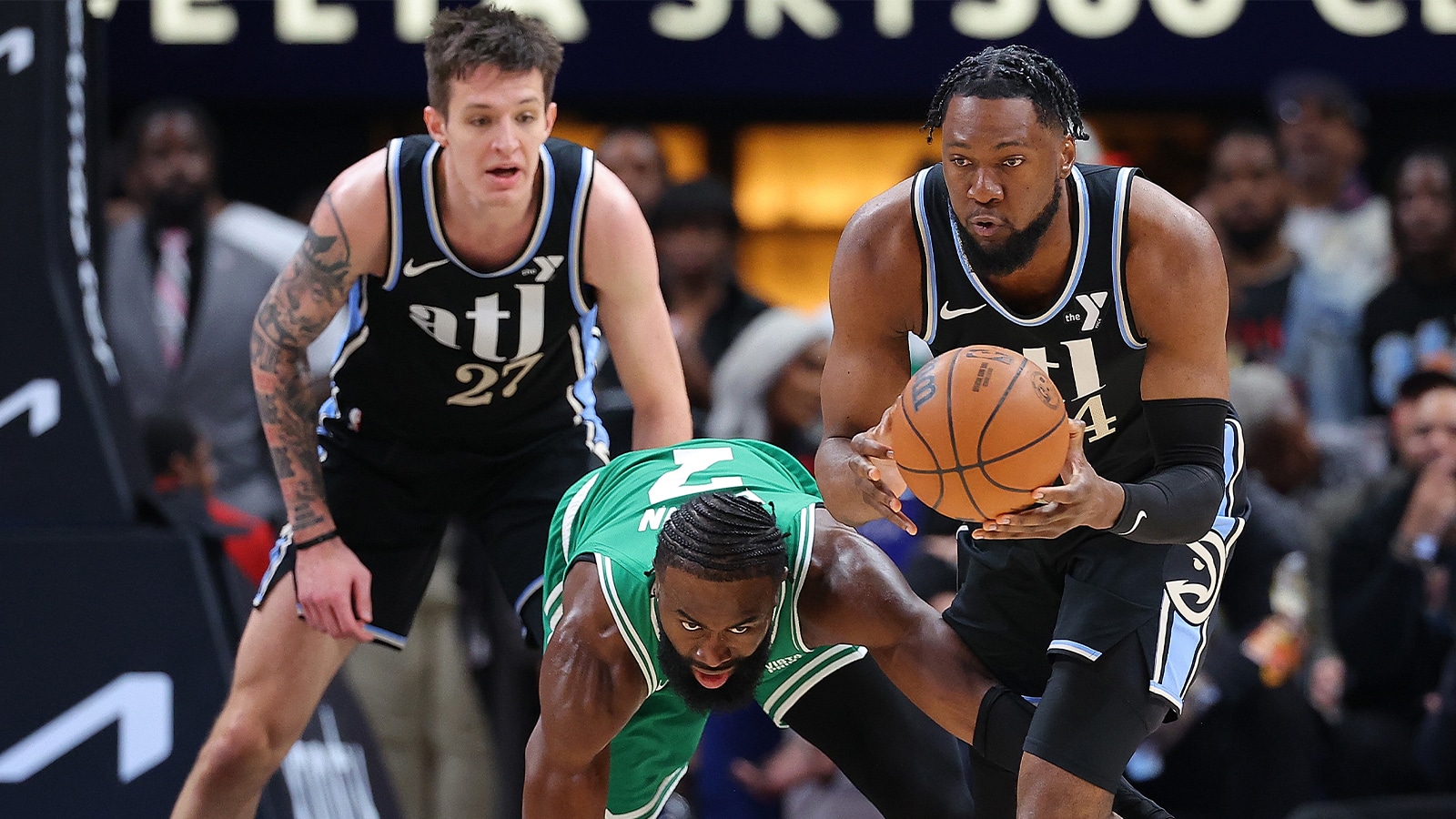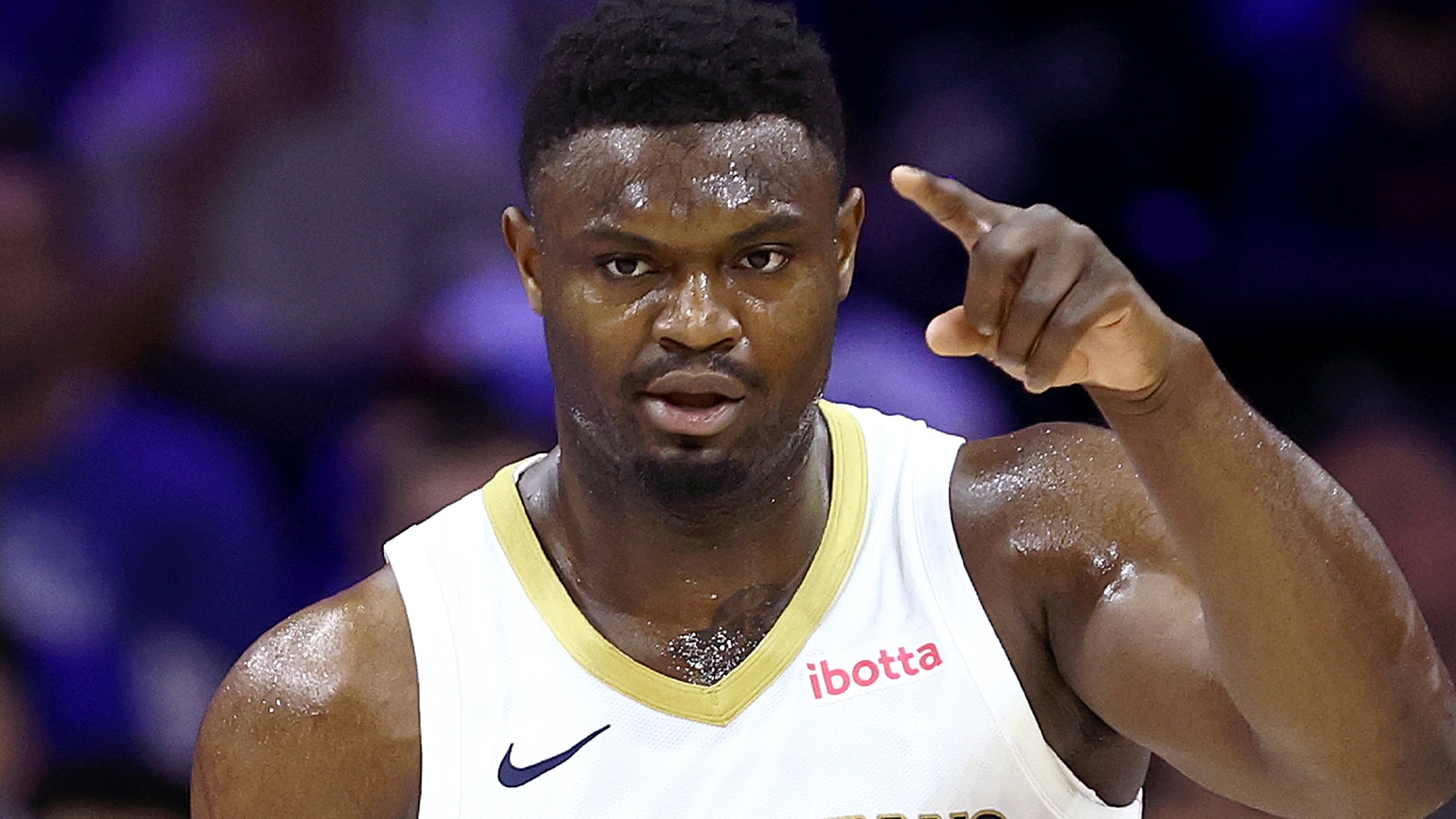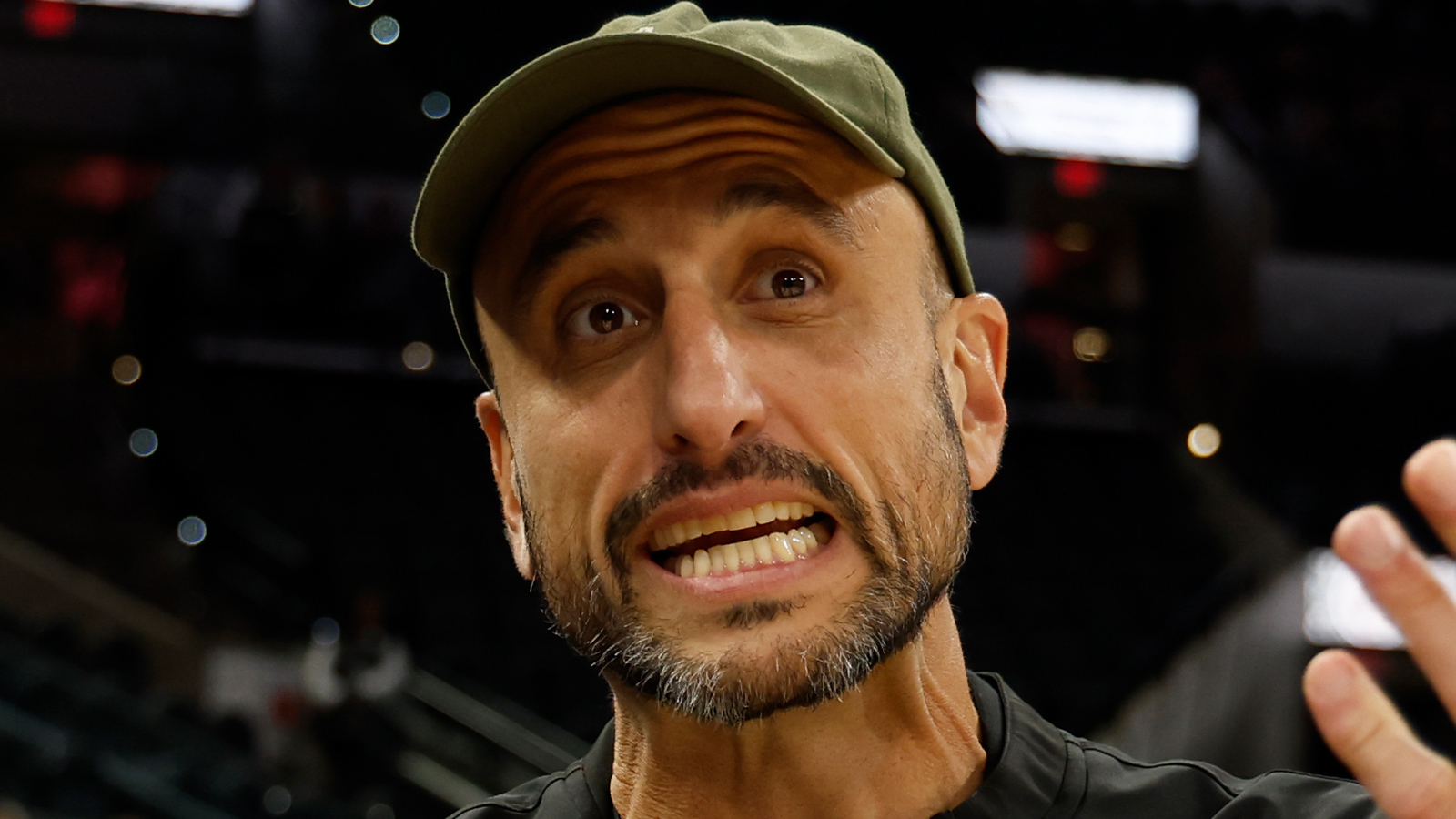
The NBA Paid $800 Million to Make Spirits Disappear
The 1980s Dire Straits song “Money for Nothing” was about a couple of working stiffs commenting on the music industry. But it might as well have been the walk-up music for trips to the bank by Ozzie and Daniel Silna. The Silna brothers made $800 million from the NBA by agreeing to make the Spirits of St. Louis of the ABA disappear.
The Silna brothers pocketed $300 million over a span of nearly four decades and then cashed out for an additional half a billion when exasperated NBA owners finally gave up.
There used to be two major pro basketball leagues
The American Basketball Association began play in 1967 and did something that football’s WFL, USFL, and XFL never did: The ABA posed a serious challenge to the more established national pro league by landing top talent such as George Gervin, Julius Erving, Marvin Barnes, Rick Barry, and Artis Gilmore.
The NBA and ABA agreed to a merger in 1970, only to be derailed by an antitrust challenge from players, whose salaries were being boosted by the competition between the leagues. The path was cleared in 1976, and the NBA agreed to absorb four of the remaining seven ABA franchises – the Denver Nuggets, Indiana Pacers, New York Nets, and San Antonio Spurs.
Of the remaining ABA teams, the Virginia Squires folded and the Kentucky Colonels accepted a $3 million buyout in return for agreeing to exit. That left just the Spirits of St. Louis, who would not go quietly into the night.
The NBA strikes a deal with the Silna brothers
Brothers Ozzie and Daniel Silna were already successful businessmen who made their fortune with polyester products before moving the ABA’s Carolina Cougars franchise to St. Louis and building their unusual partnership with the NBA. With substantial resources at their disposal, they could afford to play the long game with NBA officials who wanted their franchise, which they hoped to move to Salt Lake City, to go away.
With the help of lawyer Donald Schupak, the Silna brothers hammered out a two-part deal with NBA owners. First, they collected $2.2 million for Spirits of St. Louis players taken by NBA teams in a dispersal draft. In addition, they insisted on a share of the money from the NBA’s national TV rights, taking one-seventh of each of the four ex-ABA teams’ shares.
That gave the Silna brothers roughly 2% of the total NBA TV revenue, which was a relatively insignificant money stream in 1976 but still money for nothing. However, the Silnas were more visionary than their partners in the deal. Once Magic Johnson and Larry Bird entered the league, followed in short order by Michael Jordan and a host of other stars, NBA television rights became a hot commodity.
NBA owners make the Spirits of St. Louis disappear for $800 million
When brothers Ozzie and Daniel Silna negotiated their buyout with the NBA to shut down the Spirits of St. Louis, their lawyer insisted on a clause that specified that the deal would continue in perpetuity. That foresight proved to be brilliant.
From 1977 to 2014, the NBA took in about $15 billion in national TV money from increasingly lucrative contracts with the networks. Per their agreement with the NBA, that earned $300 million for the Silnas.
By 2014, NBA owners were long past the point of finding a way to force the brothers out of the contract negotiated in 1976. But they were also about to start talks with their network partners on the next round of rights fees, which would be their biggest bonanza yet.
Finally, the NBA made an offer too good for Ozzie, who was now in his early 80s, and Daniel Silna to turn down: half a billion dollars upfront to surrender all meaningful future claims to TV money. The brothers and their lawyer accepted, bringing their total haul to $800 million.
The pros and cons of the Spirits of St. Louis selling out
Although $800 million is a lofty amount, it’s not close to the $2 billion that Steve Ballmer paid Donald Sterling for the Los Angeles Clippers in 2014 or the value of other NBA franchises. So, in that regard, brothers Ozzie and Daniel Silna left money on the table when they struck a deal to not force their way into the league during the 1976 merger.
On the other hand, the Silnas collected $800 million for doing literally nothing. Even if they operated an NBA team and it appreciated in value, they wouldn’t have been able to leverage the full value without selling the franchise.
By taking the merger deal, they faced none of the headaches of operating a pro franchise, including player contract negotiations and building new arenas. All in all, they reaped a great return on their original $1 million investment in the Carolina Cougars.



